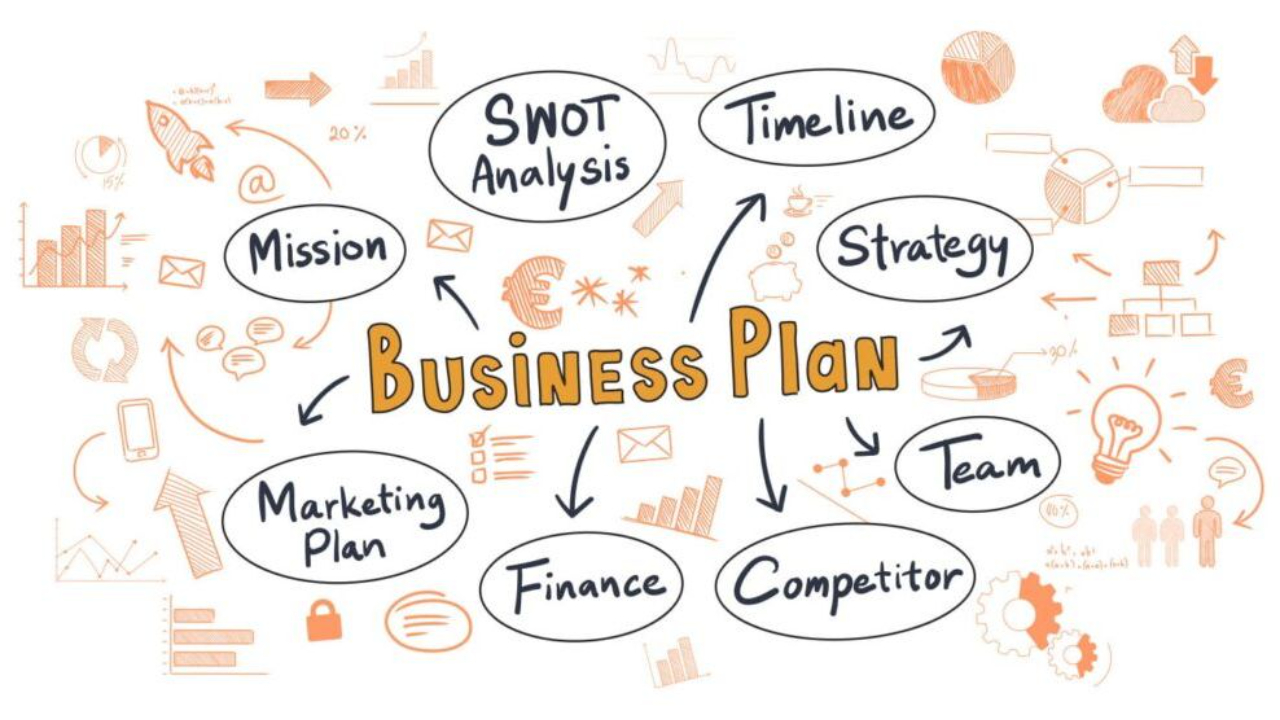How to Build a Business Plan That Actually Works: A Step-by-Step Guide for Entrepreneurs
Sep 23, 2024
How to Build a Business Plan That Actually Works: A Step-by-Step Guide for Entrepreneurs
A well-crafted business plan is more than just a document—it’s the roadmap to your business's future. While many entrepreneurs are eager to dive into the excitement of running their business, a solid plan lays the foundation for long-term success. Whether you're just starting out or refining your strategy, building a business plan that works is essential.
Here’s a step-by-step guide on how to create a business plan that sets your venture up for success.
1. Start with Your Vision and Mission
Before getting into the nuts and bolts, you need to define the big picture:
- Vision Statement: What do you want your business to achieve in the long run?
- Mission Statement: How will you achieve this vision?
Why this matters:
Your vision and mission clarify your business’s purpose and give you a North Star to guide every decision. They also help align your team, investors, and stakeholders with your ultimate goals.
2. Define Your Target Audience
Who exactly are you selling to? Many businesses fail because they don’t have a clear idea of who their ideal customer is. Narrowing down your target market will allow you to create more focused marketing strategies and product offerings.
How to define your audience:
- Create detailed customer profiles, considering demographics (age, gender, location) and psychographics (values, interests, buying habits).
- Understand your audience's pain points and how your business will solve them.
A business plan that doesn’t clearly identify a target audience is like shooting arrows in the dark—effective customer targeting is key.
3. Market Research & Competitor Analysis
Once you know who your customers are, you need to understand the market you're entering. Market research allows you to gather information about your industry, competitors, and growth opportunities.
Questions to answer during research:
- How big is the market?
- Who are your main competitors, and what are their strengths and weaknesses?
- What trends are shaping the market?
- Where are the gaps that your business can fill?
This section of your plan should outline how your business fits into the current landscape and what will make it stand out from the competition.
4. Outline Your Product or Service Offering
In this section, explain what you're selling and why it’s unique. Describe your product or service in detail, including its benefits, features, and the problem it solves for your customers.
Key things to include:
- The development timeline for new products or services
- The pricing strategy
- Any intellectual property or trademarks
A strong product offering needs to align with the needs of your target audience and should reflect your market research insights.
5. Marketing and Sales Strategy
Now that you’ve covered the "what" and "who," it’s time to focus on the "how." How will you attract customers, and how will you convince them to buy from you?
Your marketing strategy should cover:
- Your brand positioning and messaging
- Online and offline marketing channels (e.g., social media, SEO, email marketing)
- A sales process that details how you’ll convert leads into paying customers
A well-defined marketing and sales strategy is essential to ensure you’re reaching your audience effectively and efficiently.
6. Operational Plan
Your operational plan outlines the logistics of your business—how everything will run behind the scenes.
This section should include:
- Key roles and responsibilities of team members
- A production or service delivery process
- Suppliers and partners
- Daily operational workflow
Knowing how the day-to-day operations will function is critical for a smooth-running business. It also helps plan for growth, as you’ll know what infrastructure and systems you’ll need to scale.
7. Financial Projections
Many entrepreneurs shy away from numbers, but financial planning is a vital part of any business plan. Investors and stakeholders will closely examine this section, and it helps you keep a realistic view of your business’s financial health.
What to include in this section:
- Sales forecasts
- Profit and loss statements
- Cash flow projections
- Break-even analysis
You should also account for potential risks and how you’ll manage your cash flow during both good times and lean periods.
8. Set Milestones and Metrics
Every business plan should have clear, measurable goals. Setting milestones allows you to track your progress and ensure your business is on the right trajectory.
Milestones might include:
- Sales targets
- Product launch dates
- Hiring goals
- Revenue milestones
Tracking these metrics will help you stay accountable and give you the insight needed to make adjustments as your business grows.
Final Thoughts
A business plan isn’t a one-time document—it’s a living strategy that should evolve as your business grows. By taking the time to build a comprehensive plan, you’re setting your business up for long-term success. At BizBuilders, we provide entrepreneurs with the tools, mentorship, and resources to help them execute their business plans effectively. Ready to take the next step? Join us at BizBuilders and get expert guidance to grow your business today.

